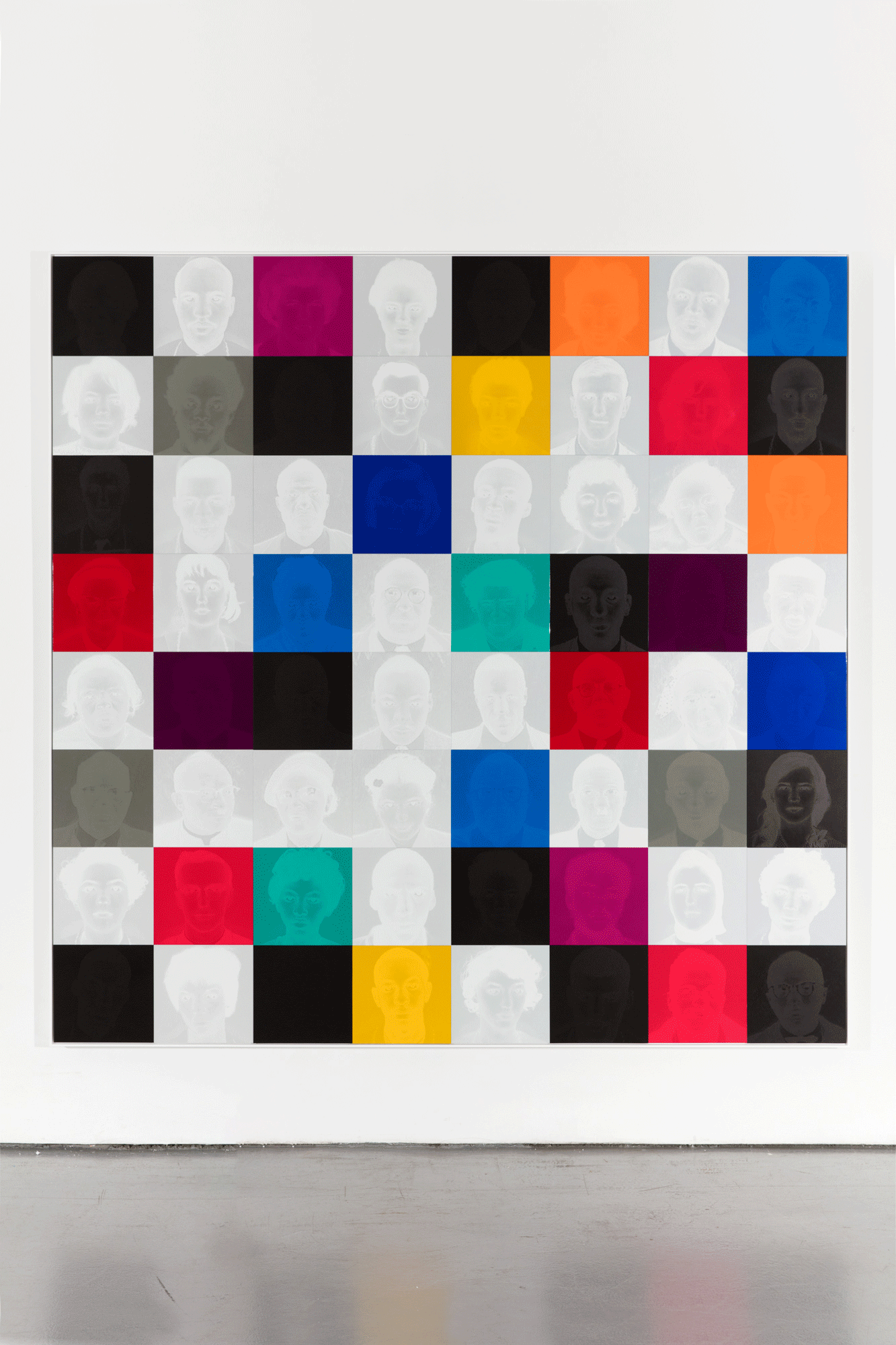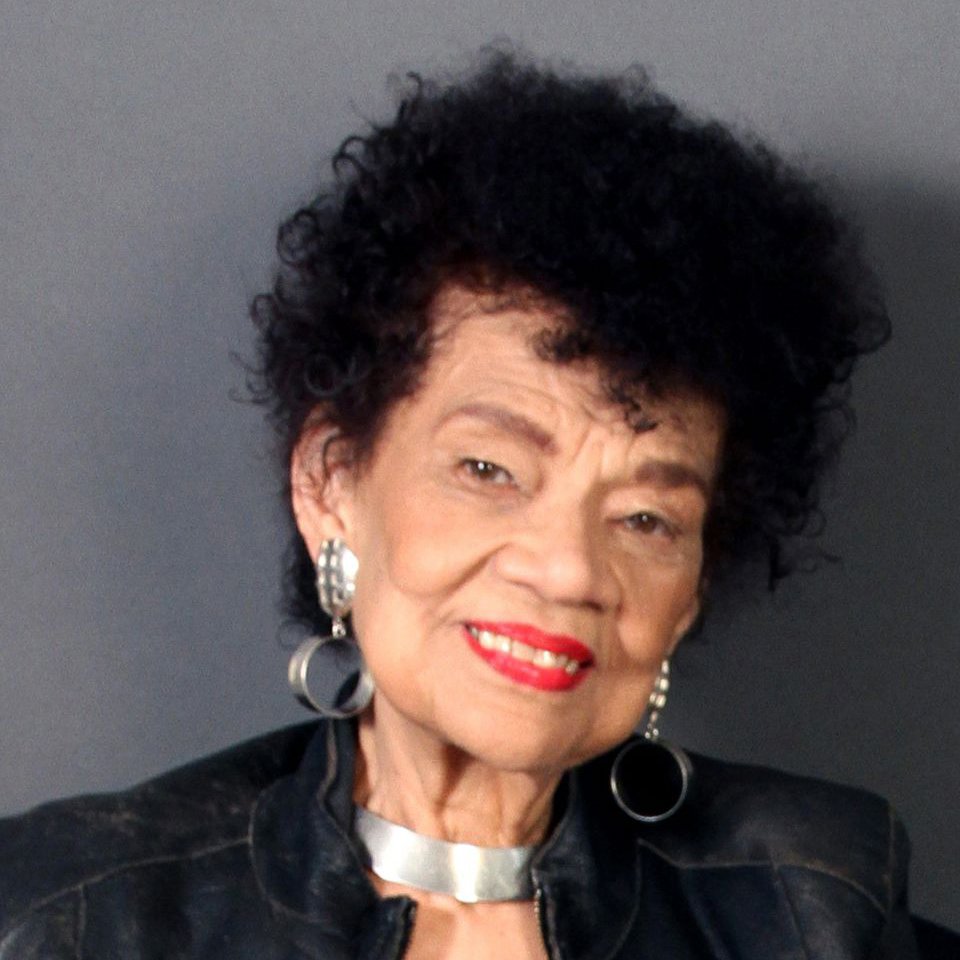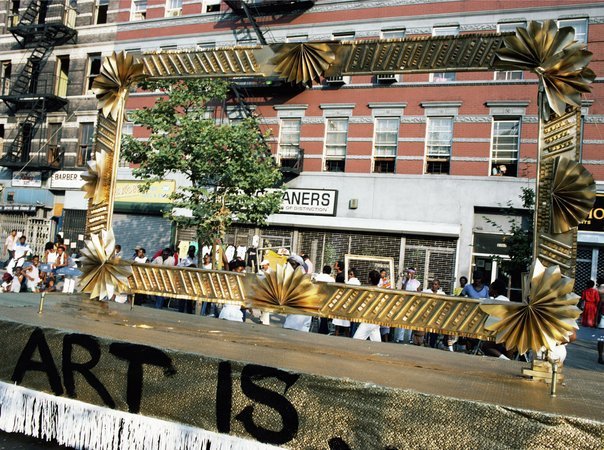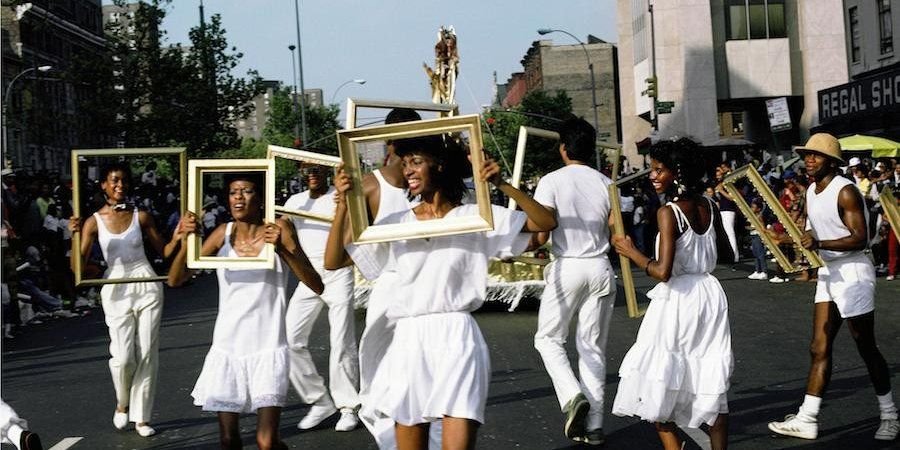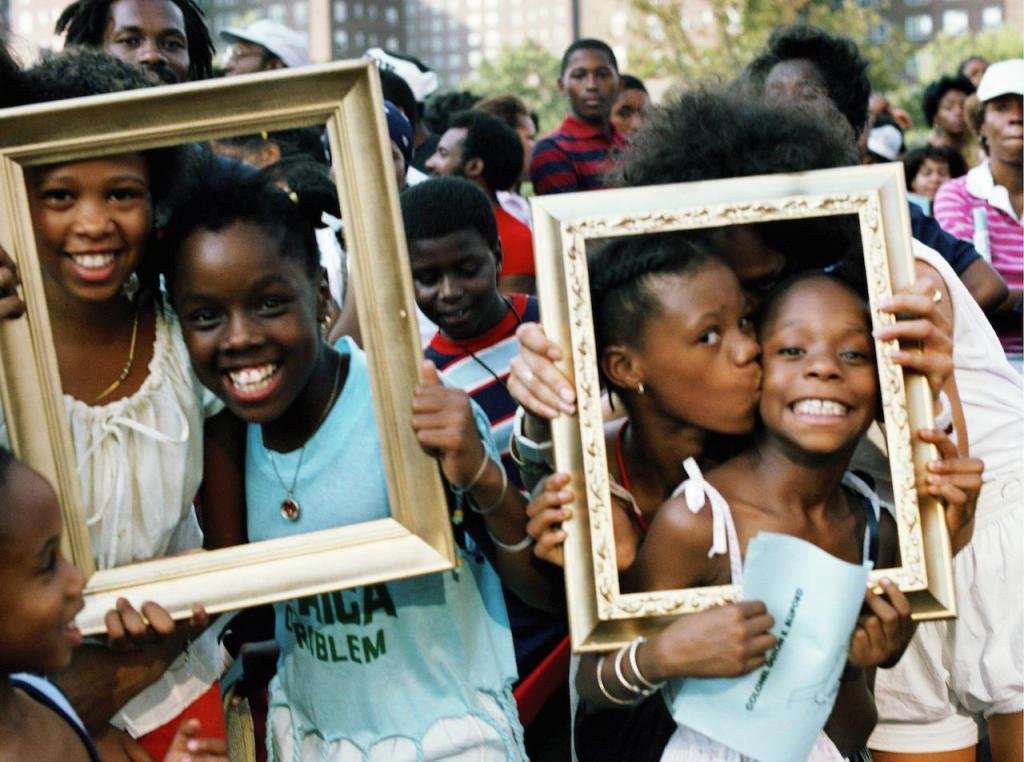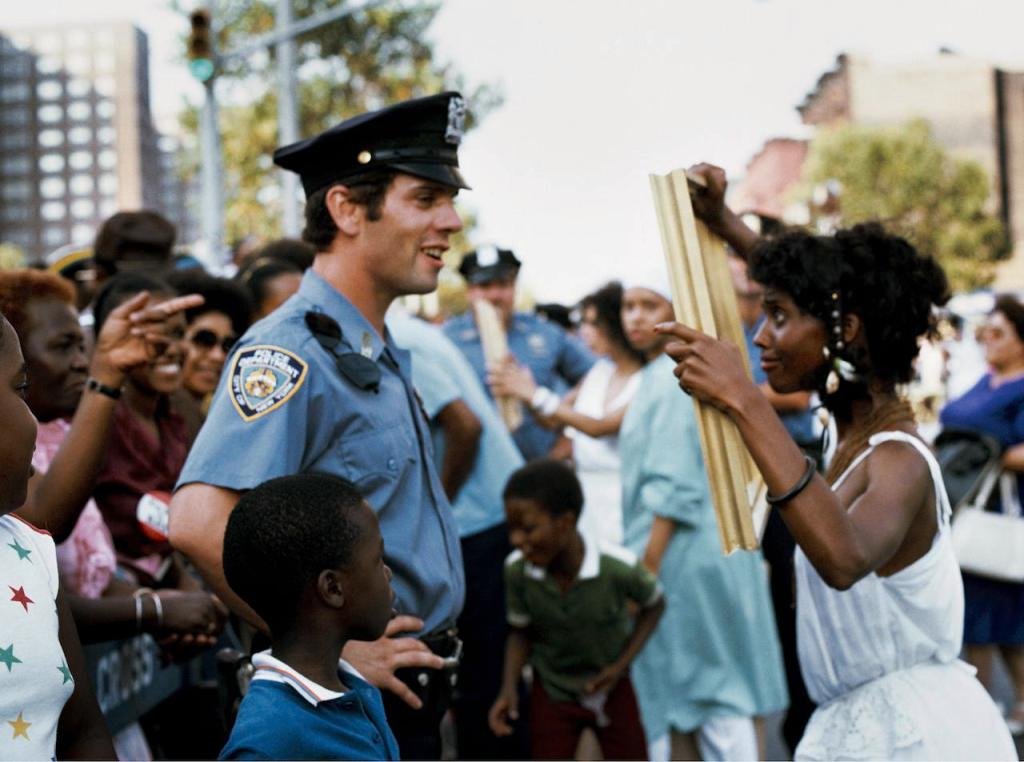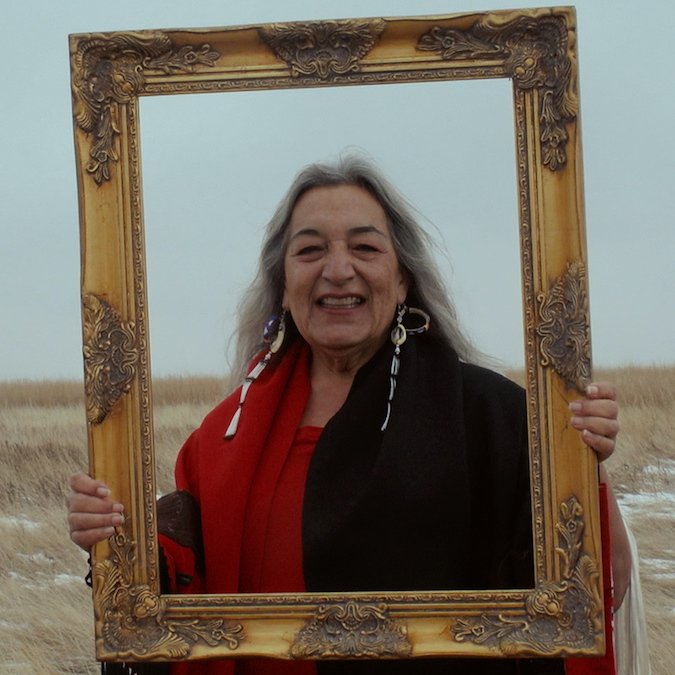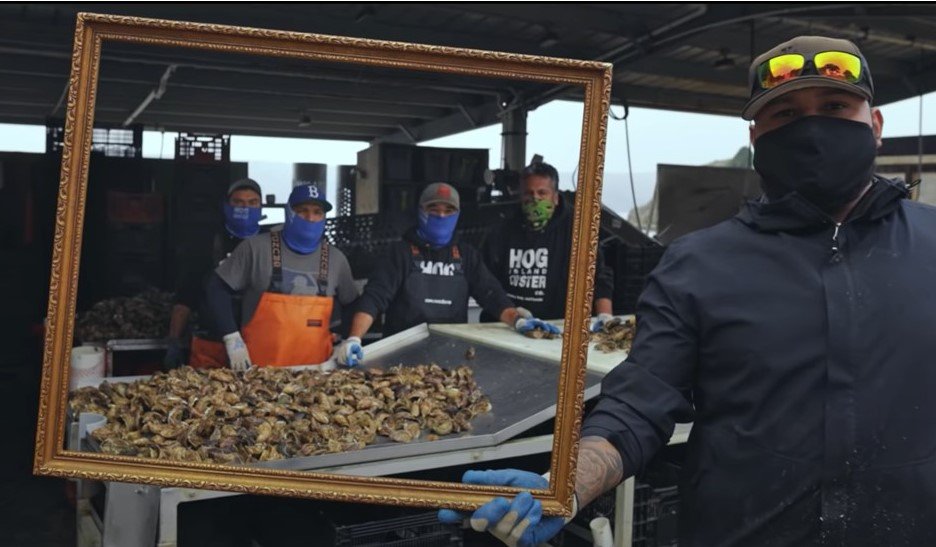To See and Be Seen
Greg’s last post highlighted the installment of visual artist Hank Willis Thomas’ latest work, “The Embrace.” A larger-than-life monument to be unveiled in Boston Common today, the piece is a 38,000 pound, 20 X 40 testament to love.
Thomas, who describes himself as a “visual culture archaeologist,” questions social and political inequities through his visual art. As we watched the CBS Sunday Morning story, another piece of Thomas’ art captured my interest. “Freedom Riders on Colors for a Large Wall” is a collection of sixty-four squares, some colored, others not. At first glance, the squares appear empty, with just a hint of something outlined—that is until a light is shone on them and a face appears. In each square are portraits of Freedom Riders and other civil rights activists. With focus, the invisible becomes visible.
A conscious act brought to light that which had not been clearly seen. When we don’t take the time to fully see what is in front of us, we undoubtedly miss some or all of the subject’s inherent value. In what called his “retroreflective works,” the observer needs to take action to reveal all that is hidden—by shining a flashlight or taking a flash photograph of the work.
In the post I’m resharing below, visual artist Lorraine O’Grady takes a very similar perspective using the simplicity of a picture frame. Seeing with intentionality reveals that there is so much more beauty beneath the surface.
“If your eyes are open you will see the things worth seeing.”
—Rumi
At eighty-six years old, conceptual artist and cultural critic Lorraine O’Grady is receiving her first retrospective, opening March 5th at the Brooklyn Museum. With a career spanning forty years, O’Grady’s work explores the cultural construction of identity, gender, and the politics of the diaspora. It was at the African-American Day Parade in Harlem, 1983, when O’Grady decided to bring a float on a flatbed truck mounted with a giant 9 x 15 foot antique-styled gold frame. It was not supposed to be a part of the parade. O’Grady’s performance piece, “Art Is…,” moved up Adam Clayton Powell Boulevard, with fifteen young actors and dancers dressed in white. Carrying empty gold picture frames, they invited parade attendees to pose inside the frames and “to see themselves as art.”
“Art Is…” created space that was inviting, playful, and meaningful. Parade attendees became participants, affirming the experience by saying, “That’s right, that’s what art is, WE’re the art!”
O’Grady collected photographs from the parade participants, forty of which became an exhibition at the Studio Museum in Harlem in 2015 and were also included in the traveling exhibition Soul of a Nation.
WE’re the Art!
What a fabulous conceit—that the essence of who we are should be viewed as art. It was a profound statement, especially for people who have been subjugated into feeling “less than” for centuries. In that instance, the struggle for recognition, to be valued, and to be viewed as worthy, was released.
Here was an opportunity to stop and step into an empty gold frame, filling it with all of their personhood. They lay claim to and became the focal point of attention, affirming themselves in a moment of revelation and joy. Looking at them were their neighbors, friends, and visitors, who received and accepted the offer of self. They saw each other.
What might we take away from this perspective of each of us as art?
If we are the art, we are creatively unfolding—a work in progress—trusting that with each added element, we move closer to being true and beautiful.
If we are the art, we can be transformed and be transformative—every connection with each other adding new dimensions to our canvas—mine to yours and yours to mine.
If we are the art, possibilities are laid bare, with limitless choices—like painters selecting from the myriad of color combinations in which to dip their brushes.
If we are the art, we can play or dance with unending curiosity and imagination, reveling in a new sense of freedom.
If we are the art, then we have value to share.
As the art, we can express, interpret, and reflect—as the dancer in the flow of movement or the musician in their moment of improvisation.
The experience was a joyous occasion for the Harlem community. What would it look like to expand this conceit far and wide? Our current President thought to do just that.
The Art of Unity
Paying homage to O’Grady’s “Art Is…,” then President-elect Joe Biden and Vice-President-elect Kamala Harris created a video to support their message of unity. Twenty videographers and three producers filmed a diversity of people from around the nation—fishermen, swimmers, farmers, surfers, hairdressers, families. Some carried empty frames as they went about their day, others stood in front of vistas with the frame around their face, as Ray Charles sang “America the Beautiful.” What a powerful statement. Wanting to duplicate the joy and unity that was experienced in the Harlem community that day in 1983, Biden’s representatives spoke with O’Grady. The result, a two-minute video viewed more than 39 million times on social media, is a celebration of our nation’s diversity and a reminder of the strength such diversity represents. Diversity is our superpower. More about that in another post.
Some time ago, I wrote a post on the power of empathy, highlighting the Zulu greeting “Sawubona,” which literally means “I see you.” To see and be seen is the spirit of the greeting—there is reciprocity as we recognize and value the other, without preconceptions or judgments. If we authentically see a person and learn to trust, we can build relationships where we are seen and respected, as we do the same for others.
Art is curated through the love of content, learning and discovery, thoughtfulness of choice, and the intent to create a shared experience. Thirty-six years ago, O’Grady curated an unexpected experience for the Harlem community which continues to reverberate to this day. As curators of life, we are responsible and accountable for our relations and interactions. In this freedom to co-create, we can choose how to engage with those around us.
And if we are the art, we can bring all the things to each other that the arts, as we create them, bring to us: joy, inspiration, soul-reflection, and so much more. We must first see each other, so we can move into a framework of co-existence and co-creation—holding up the frame (space) and inviting someone to step in.

